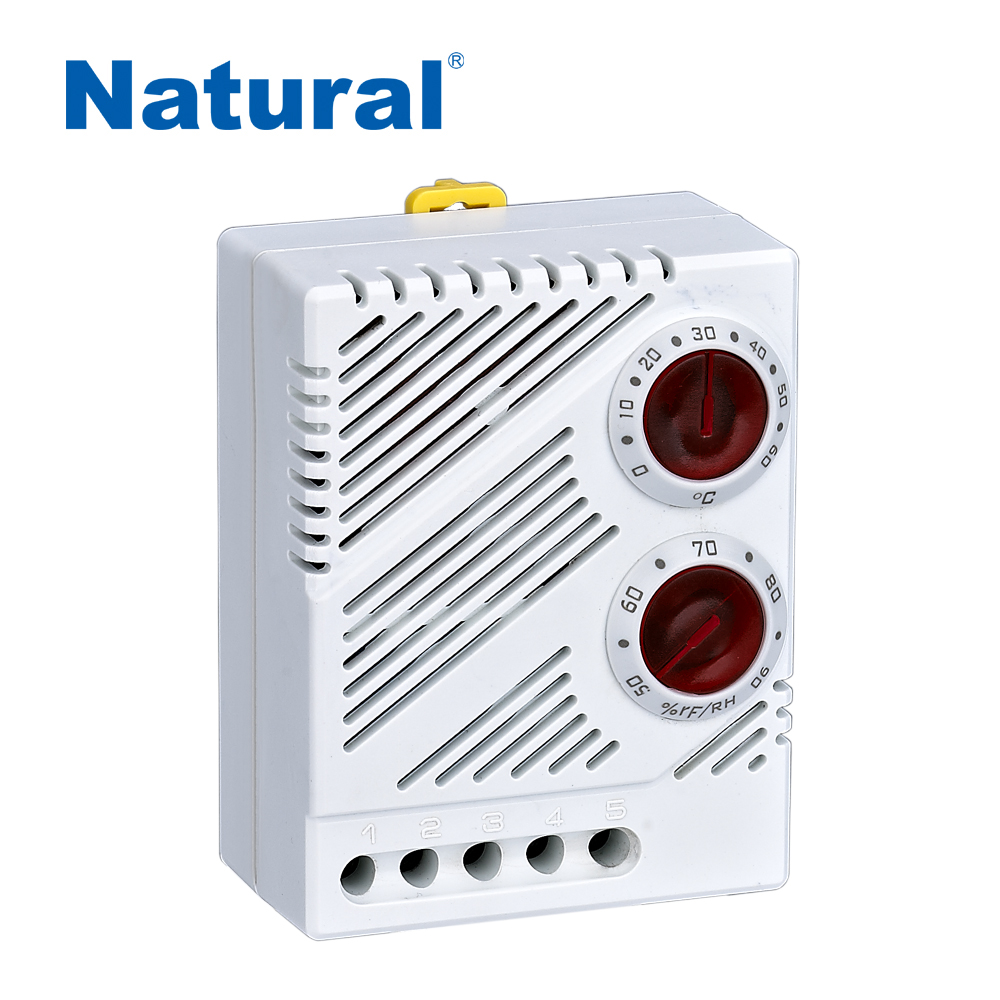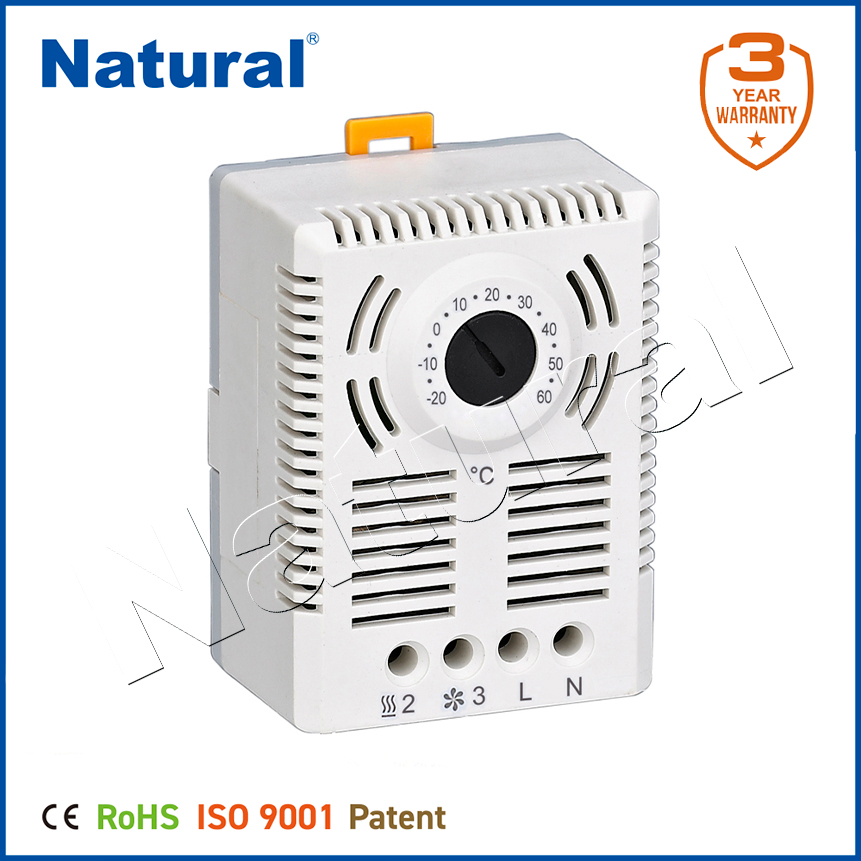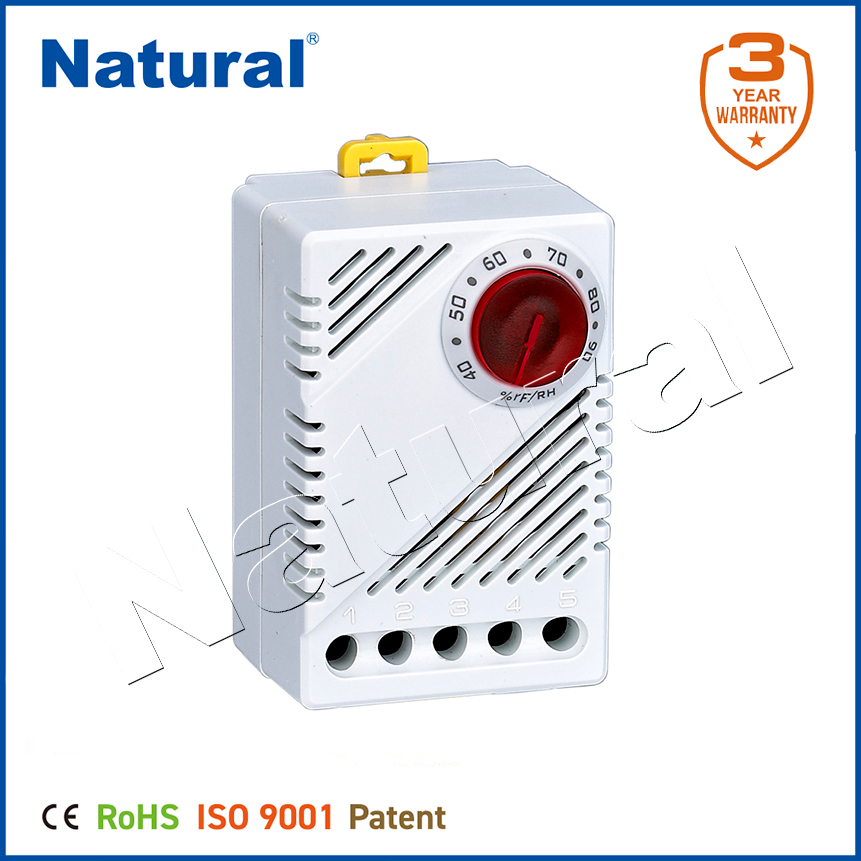In an age where climate control is paramount for both comfort and preservation, the electronic hygrostat has emerged as a pivotal device in maintaining optimal humidity levels in various environments. This article delves into the functionalities, applications, and advantages of electronic hygrostats, emphasizing their importance in modern living and industrial settings.

What is an Electronic Hygrostat?

An electronic hygrostat is an advanced humidity control device designed to monitor and regulate humidity levels in a given space. Unlike traditional hygrostats that operate mechanically, electronic hygrostats use sensors to detect moisture levels and microcontrollers to manage output devices such as humidifiers and dehumidifiers. This technology ensures precise control over the humidity levels, leading to improved comfort and safety in various applications. How Does an Electronic Hygrostat Work? At its core, an electronic hygrostat consists of several key components: humidity sensors, a microcontroller, and output controls. The humidity sensors measure the relative humidity (RH) in the environment and send this data to the microcontroller. Based on preset humidity levels, the microcontroller then activates or deactivates connected devices, such as humidifiers or air conditioning systems, to maintain the desired humidity range.
